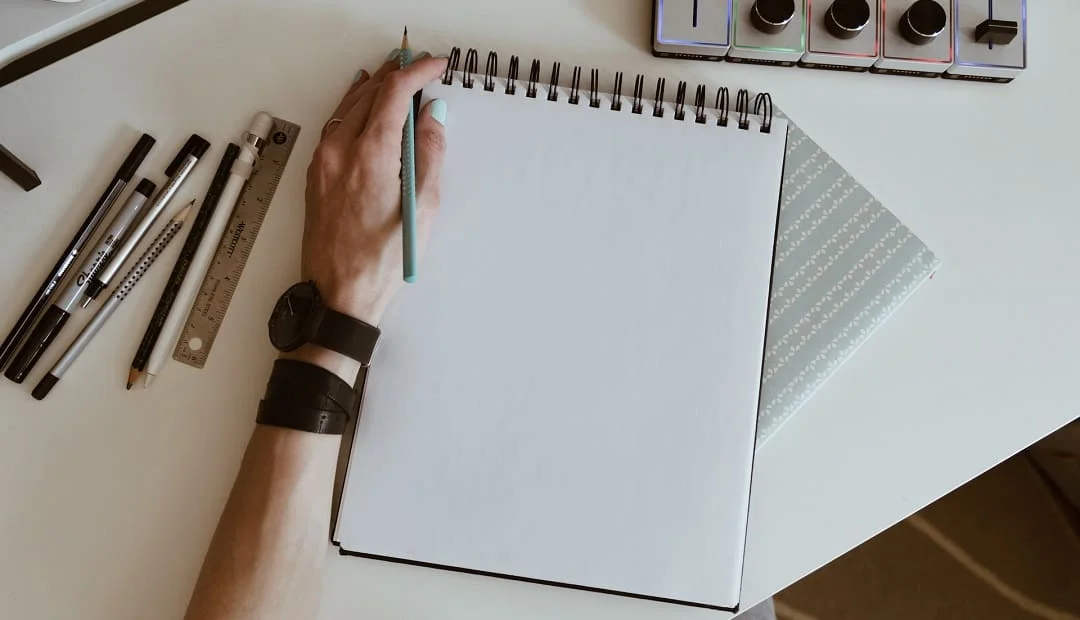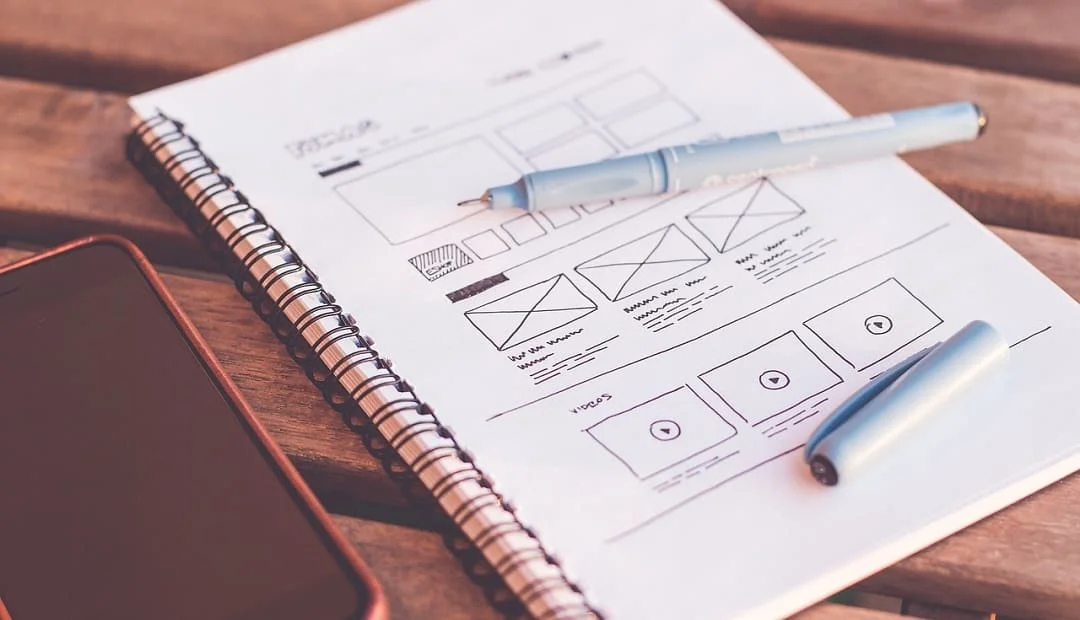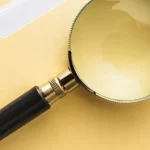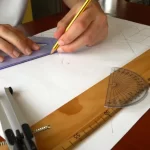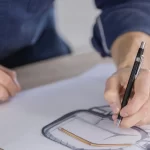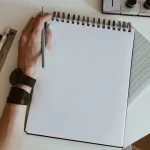Navigating Patent Drawing Rules: Ensuring Compliance and Clarity
- October 12, 2023
- By Sarita Thomas
- Read 8 minutes
Importance of Patent Drawing Rules
Patent drawing rules play a crucial role in ensuring compliance and clarity in patent applications. These rules provide a standardized format and guidelines for creating drawings that accurately depict the invention. By following these rules, patent applicants can effectively communicate their ideas and concepts to patent examiners, making it easier for them to understand the invention and assess its novelty and inventiveness. Additionally, adhering to patent drawing rules helps avoid potential rejections or objections due to non-compliant or unclear drawings, saving time and resources in the patent application process. Therefore, understanding and adhering to patent drawing rules is essential for patent applicants to maximize the chances of obtaining a granted patent.
Purpose of Patent Drawing Rules
The purpose of patent drawing rules is to ensure compliance and clarity in patent applications. Patent drawings are an essential part of the application process as they provide visual representations of the invention. These drawings help examiners and other stakeholders understand the invention and its various components. By following the patent drawing rules, applicants can ensure that their drawings meet the required standards and effectively communicate the details of their invention. Compliance with these rules is crucial to avoid any issues or delays in the patent application process.
Key Elements of Patent Drawing Rules
When it comes to complying with patent drawing rules, there are several key elements that should be considered. First and foremost, clarity is of utmost importance. Patent drawings should clearly depict the invention and its various components, ensuring that anyone skilled in the art can understand the invention without ambiguity. Additionally, compliance with the rules set forth by the patent office is essential. These rules outline specific requirements for the format, size, labeling, and numbering of the drawings. Following these guidelines is crucial to avoid any potential issues during the patent application process. Furthermore, consistency in style and presentation is important to maintain a professional and cohesive set of drawings. By adhering to these key elements, inventors can ensure compliance and clarity in their patent drawings, increasing the chances of a successful patent application.
Understanding Patent Drawing Requirements
Types of Drawings Required
When filing a patent application, there are several types of drawings that may be required. These include utility drawings, design drawings, and plant drawings. Utility drawings are used to illustrate the invention’s structure, function, and relationship with other components. Design drawings, on the other hand, focus on the ornamental appearance of the invention. Plant drawings are specifically used for patent applications related to new plant varieties. It is important to ensure that the drawings are clear, accurate, and comply with the patent drawing rules to effectively communicate the invention to the patent examiner.
Size and Format Specifications
When it comes to patent drawings, size and format specifications play a crucial role in ensuring compliance and clarity. The United States Patent and Trademark Office (USPTO) has specific requirements for the size and format of patent drawings, which must be followed to avoid any issues during the patent application process. The drawings should be clear, legible, and capable of being reproduced in a variety of sizes, including reductions to as small as 2/3 of the original size. Additionally, the drawings should be in black and white, with shading and color only used when necessary to understand the invention. By adhering to the size and format specifications, patent applicants can ensure that their drawings effectively communicate the details of their invention to the patent examiner and enhance the chances of a successful patent application.
Drawing Views and Projections
When creating patent drawings, it is important to consider the various views and projections that need to be included. These views provide a clear representation of the invention and help to ensure compliance with patent drawing rules. The different views may include front, side, top, and perspective views, depending on the complexity of the invention. Each view should be labeled and numbered appropriately to provide clarity. Additionally, projections such as cross-sections or exploded views may be necessary to highlight specific features or components. By carefully considering the drawing views and projections, patent applicants can ensure that their drawings accurately depict the invention and meet the requirements set forth by patent authorities.
Complying with Patent Drawing Rules
Creating Clear and Accurate Drawings
When it comes to creating patent drawings, it is crucial to ensure compliance and clarity. Clear and accurate drawings are essential in conveying the invention and its features effectively. Compliance with patent drawing rules is necessary to meet the requirements set by patent offices. By following these rules, inventors can avoid potential rejections or objections from patent examiners. Additionally, clear and accurate drawings help in understanding the invention, especially for individuals who are not familiar with the technical aspects. Therefore, it is important to pay attention to detail and use appropriate techniques to create drawings that are both compliant and clear.
Labeling and Numbering Requirements
Labeling and numbering requirements are crucial when it comes to patent drawings. Each element of the drawing should be labeled with a reference numeral, and the description of each element should correspond to the reference numeral used. This ensures clarity and ease of understanding for patent examiners and other stakeholders. Additionally, the labeling should be consistent throughout the drawings, with the same reference numerals used for the same elements in different views. Following these requirements not only ensures compliance with patent drawing rules but also enhances the overall quality and effectiveness of the drawings.
Incorporating Reference Characters
When creating patent drawings, it is essential to incorporate reference characters to ensure compliance and clarity. Reference characters are alphanumeric symbols used to identify different elements or parts of the invention. These characters help readers understand the relationship between different components and facilitate easy cross-referencing. The use of reference characters not only enhances the clarity of the drawings but also helps in accurately describing the invention in the accompanying text. Therefore, it is crucial to carefully label and incorporate reference characters in patent drawings to meet the requirements of patent drawing rules.
Common Mistakes in Patent Drawings
Inconsistent Line Thickness
One common challenge in patent drawings is ensuring consistent line thickness throughout the drawings. Inconsistent line thickness can lead to confusion and ambiguity in the interpretation of the drawings, which can ultimately affect the patent’s enforceability. To ensure compliance and clarity, it is important to carefully review and adhere to the guidelines provided by the patent office regarding line thickness. By maintaining a consistent line thickness, patent drawings can effectively communicate the invention and support the claims made in the patent application.
Missing or Incorrect Reference Numerals
One common issue that arises in patent drawings is the presence of missing or incorrect reference numerals. Reference numerals are used to label different parts or elements of an invention in the drawings, allowing readers to easily understand the structure and functionality of the invention. However, if reference numerals are missing or incorrect, it can lead to confusion and ambiguity. Therefore, it is crucial to ensure that all reference numerals are included and accurately labeled in the patent drawings to maintain compliance and clarity.
Lack of Clarity in Drawings
When it comes to patent drawings, one of the major challenges is the lack of clarity. It is essential for the drawings to clearly depict the invention in order to ensure compliance with patent rules. Lack of clarity in drawings can lead to misunderstandings and can potentially hinder the patent application process. To address this issue, patent applicants should strive to create drawings that are precise, accurate, and easily understandable. By doing so, they can enhance the clarity of their patent drawings and increase the chances of obtaining a successful patent.
Importance of Following Patent Drawing Rules
Following patent drawing rules is crucial in ensuring compliance and clarity in patent applications. These rules are designed to standardize the format and presentation of drawings, making them easier to understand and interpret. By adhering to these rules, patent applicants can avoid potential rejections or objections from patent examiners. Additionally, clear and compliant drawings can enhance the overall quality of the patent application, making it more persuasive and effective in protecting the invention. Therefore, it is important for patent applicants to carefully follow the patent drawing rules to maximize the chances of a successful patent application.
Ensuring Clarity and Understanding
In order to ensure clarity and understanding in patent drawings, it is important to follow the rules and guidelines set forth by the patent office. These rules are in place to ensure that the drawings accurately depict the invention and are clear and understandable to the reader. One important aspect of ensuring clarity is to use consistent and standardized symbols and labels in the drawings. This helps to avoid confusion and ensures that the drawings can be easily interpreted by patent examiners and others who may review the patent application. Additionally, it is important to provide clear and concise descriptions of the drawings in the patent application, explaining the various elements and features depicted in the drawings. This helps to further enhance the clarity and understanding of the invention. By following these guidelines and taking the necessary steps to ensure clarity and understanding, patent applicants can increase the likelihood of their patent being granted.
Enhancing Patent Application Success
In order to enhance the success of a patent application, it is important to navigate the rules and regulations surrounding patent drawings. Compliance with these rules ensures that the drawings are clear, accurate, and convey the necessary information to support the patent application. By following the guidelines set forth by patent offices, applicants can increase their chances of obtaining a granted patent. Additionally, clear and well-executed drawings can also help in understanding the invention and its features, making it easier for examiners and potential licensees to evaluate the patent application.
With ProfessionalPatentDrawings, your vision comes to life in detailed, impeccable designs. Trust our experts to capture the essence of your innovation. Together, let’s sketch the future.

